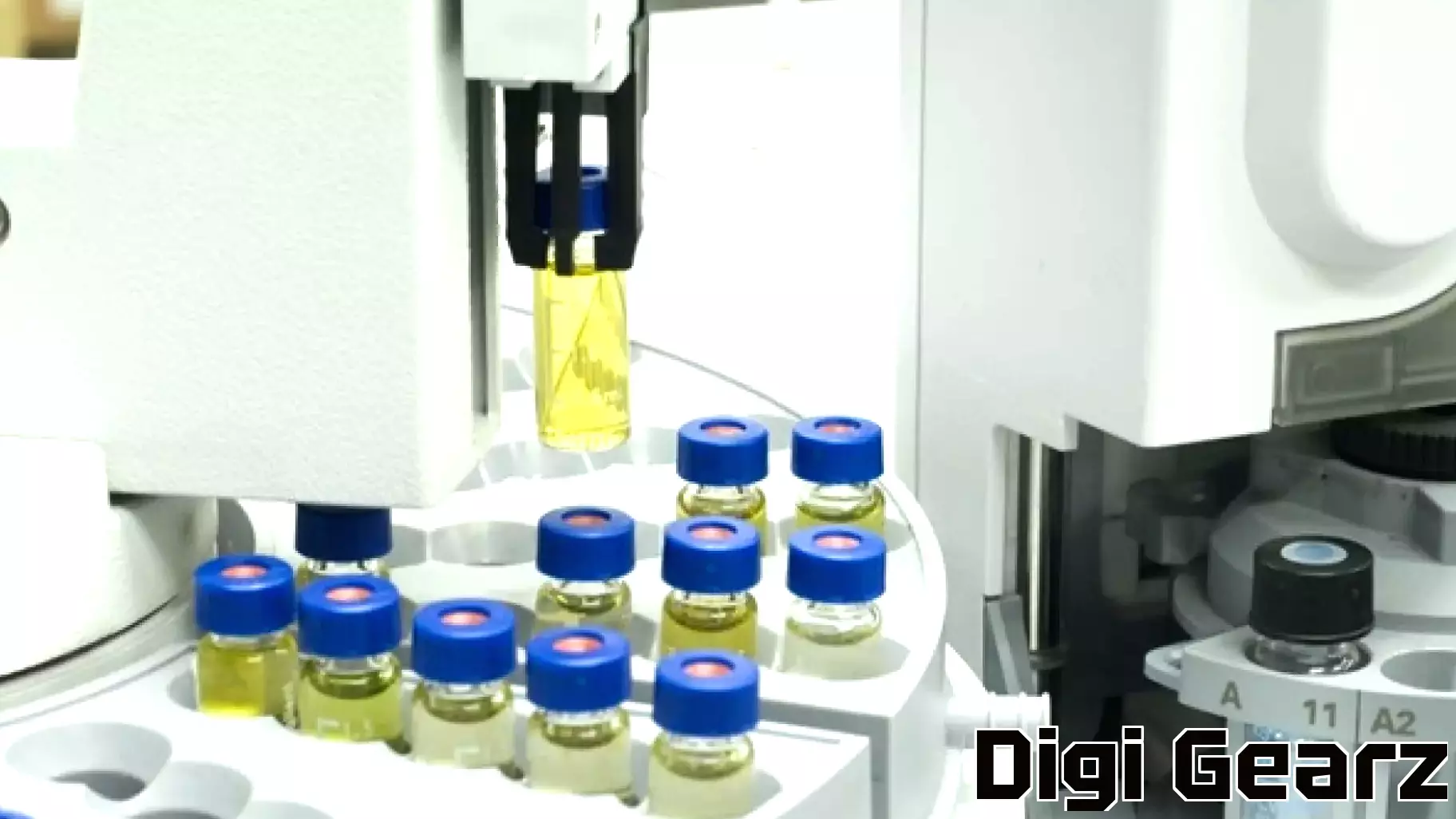Groundbreaking Technology Reveals Molecular Mapping Within Individual Cells
May 15, 2025 - 06:30

Understanding the intricate workings of tissues has long been a challenge for scientists due to the diverse array of cell types present. Recent advancements in technology now allow researchers to map molecules within single cells, shedding light on the complex biological functions and mechanisms behind various diseases. This innovative approach provides a clearer picture of how different cell types interact and contribute to the overall behavior of tissues.
By focusing on individual cells, scientists can identify specific molecular signatures associated with diseases, paving the way for targeted therapies and personalized medicine. This technique not only enhances our comprehension of cellular heterogeneity but also aids in unraveling the underlying causes of diseases such as cancer, neurodegenerative disorders, and autoimmune conditions.
As researchers continue to refine this technology, the potential for groundbreaking discoveries in disease prevention and treatment grows. The ability to visualize and analyze molecular interactions at the single-cell level marks a significant leap forward in biomedical research, promising to transform our approach to understanding health and disease.
MORE NEWS

December 20, 2025 - 01:50
Insights from Economic History on the AI BoomAs the AI boom progresses, examining historical economic cycles can provide valuable insights into its trajectory and potential outcomes. Each technological revolution has its unique...

December 19, 2025 - 13:41
Concerns Over Technology Use Among Students: Insights from Massachusetts ParentsA recent poll conducted by Ed Trust in Massachusetts and the MassINC Polling Group sheds light on parental perspectives regarding the role of Artificial Intelligence (AI) and technology in K-12...

December 18, 2025 - 19:00
Celebrating Inventors and Innovation at Technip Energies Technology Day 2025‘Inventors and Innovation’ were celebrated across Technip Energies at the company’s latest Technology Day, which was held over November 19 and 20. This annual event showcased the remarkable...

December 18, 2025 - 11:59
Hyundai and Kia Address Theft Concerns with Major SettlementHyundai and Kia have announced a significant settlement aimed at addressing the rising theft rates of their vehicles, which have become prime targets for criminals. The automakers will allocate up...